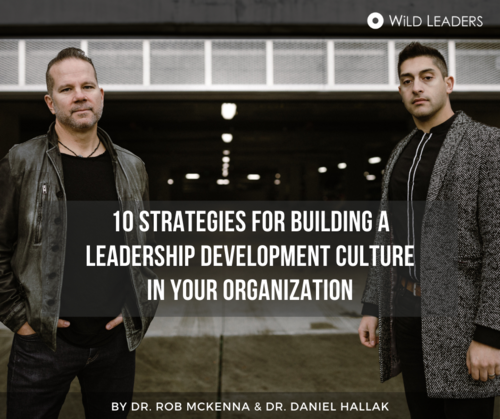News, ideas & inspiration from industry leaders

10 Strategies to Build a Leader Development Culture in Your Organization
Building a culture in your organization where people are being intentionally prepared to lead requires leaders who have made an intentional commitment to doing just that.
Following are ten strategies and specific actions for building and sustaining an organizational culture where leaders are identified, supported, stretched, and developed.
- Commit to developing leaders
- Identify the leaders
- Focus the mission
- Communicate the purpose constantly
- Define leadership
- Encourage real conversations
- Use processes & tools for feedback & reflection
- Leverage experiential learning opportunities
- Build relationship networks
- Connect leadership development to the mission
Click here for the actions for each strategy.
Interested in creating a culture of whole and intentional leader development? Join Rob and Daniel of WiLD Leaders on Wednesday, January 19 (that’s tomorrow), from 3-4 pm ET for their Association webinar, Whole and Intentional Leader Development. They will lead an interactive conversation on how to build the culture you want.
Bonus: Learn about the Certificate in Whole Leader Development, a new self-paced certificate program offered by The Association and developed by WiLD Leaders.


